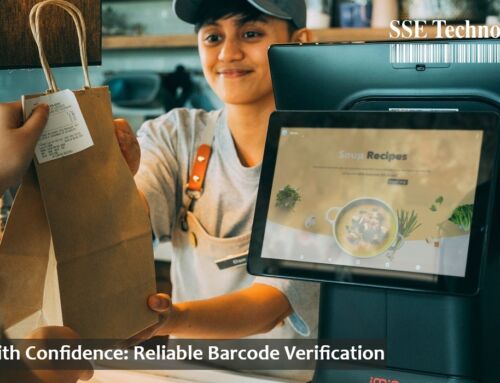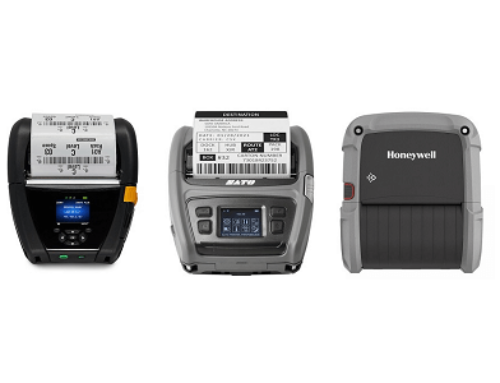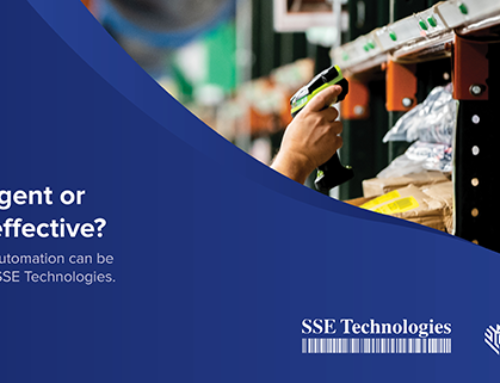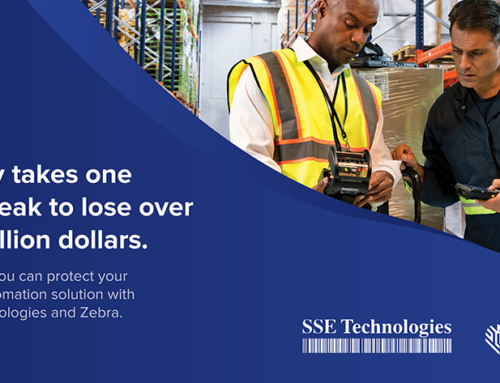Adaptability has already been noted as a favorable feature today’s technology should integrate. However, with more options comes more questions. Operating in increasingly more dynamic supply chains, versatile devices are supposed to simplify processes by eliminating bottlenecks and guesswork. Consequently, to maintain smooth workflows, it’s imperative to understand the connectivity options modern devices support. Common networking channels often include:
- 5G – The fifth generation of wireless service took the world by storm last year, with over 60% of businesses expecting to implement the next-evolution service in their operations. Unlike past generations, 5G breaks standards when it comes to connection speeds, facilitating automation and data sharing for greater operational visibility. Moreover, because of its greater data capacity, 5G supports more devices on your IoT system without compromising performance. Regarding field service, this translates into greater data accessibility, higher quality in voice-calls and video conferencing, and boosted visibility that eases vehicle tracking and route planning.
- Cellular – Common in both enterprise and consumer mobile devices, cellular connectivity connects multiple devices within proximity to a tower or satellite range. While the connection can be strong, it also drains a lot of power and is generally recommended for field services operating within urban areas or workflows relying on high-performing battery tracker systems. Because today’s mobile devices can streamline several crucial workflows into one platform, embedded cellular connectivity becomes ideal to reduce the number of deployed devices, minimizing operational costs.
- WiFi 6/6E – Now that the Federal Communications Commissions (FCC) opened more airwaves, WiFi 6/6E users can expect more reliable connections with less interference since they don’t have to compete with other signals for an open channel. Integrating WiFi 6 devices eliminates the eventual need to migrate more devices once the new connectivity option becomes more popular. Similar to current WiFi connections, WiFi 6/6E also works best within closed walls such as manufacturing plants and retail stores, yet unlike its predecessor, its additional airwaves secure better performance for graphic-intensive applications and augmented reality, opening up more automation opportunities within your operations.
- Low-Power WAN – Transmitting large quantities of data isn’t always needed for certain devices like ring scanners or mobile printers. Therefore, LPWAN connectivity is more geared towards devices sharing smaller amounts of data across long distances. Moreover, LPWAN consumes less power to operate, increasing performance time for your peripheral devices.
- NFC, Bluetooth, & RFID – These connectivity options require additional tags and hardware to function yet can be customized to transmit as much data as needed within an allotted space.
Leverage your connectivity choice with Zebra’s ET80/85 Tablet
Built with adaptability in mind, Zebra’s line of rugged tablets has continuously sought to incorporate multiple use case scenarios. The new 2-in-1 ET80/85 tablet exemplifies this best by integrating:
- The latest connectivity options such as 5G and WiFi 6/6E
- A detachable keyboard for on-the-move desktop experience
- Optional built-in scanner
- Windows’ familiar enterprise platform backed by updated security parameters
- Rugged ergonomics that survives the challenges of field service and production plants.
To minimize the stress of expanding connectivity options, SSE Technologies continues to partner with the GO Zebra Trade-in Program for cost-effective modernization. Simply trade in devices from any manufacturer to receive cash rebates up to $100 per tablet. For more information on how to select a Zebra tablet that best suits you, reach out to our modernization teams for a free mobility evaluation.






